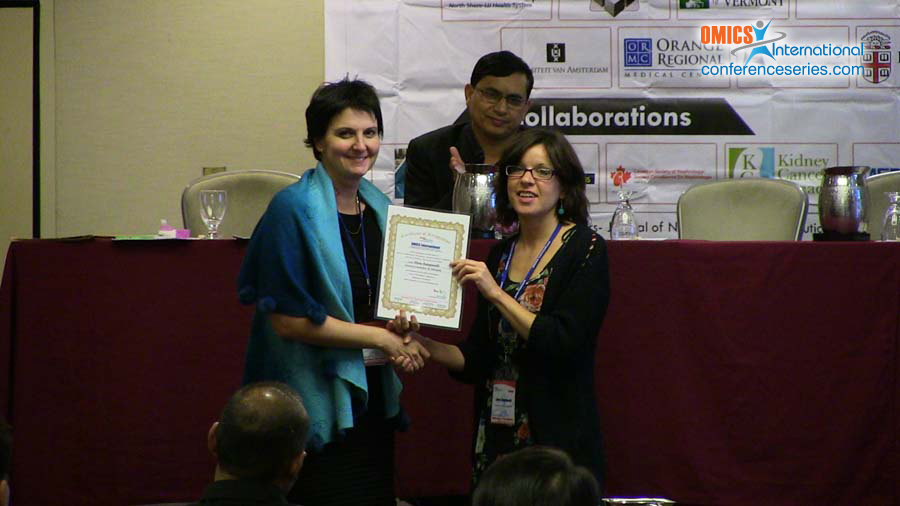Ana Laura Pimentel
Federal University of Rio Grande do Sul, Brazil
Title: Glycated hemoglobin in the screening and diagnosis of renal post-transplantation diabetes
Biography
Biography: Ana Laura Pimentel
Abstract
Post-transplantation diabetes mellitus (PTDM) is a glucose metabolism alteration with high incidence during the first year after renal transplantation. It is associated with adverse outcomes, as graft rejection and cardiovascular disease. Available data in the literature show that, in renal transplant patients, the oral glucose tolerance test (OGTT) presents the highest diagnostic sensitivity for PTDM, although fasting plasma glucose (FPG) is the most requested test. Glycated hemoglobin (HbA1c) has been used in clinical practice for the monitoring of diabetes for more than 20 years. Since 2010, it has also been applied as a diagnostic test, with cut-off point of 6.5%. However, there are still controversies about the applicability of HbA1c results to detect PTDM. For now, OGTT should remain the reference test for PTDM once there is still no consensus on what HbA1c threshold to be applied for the screening and diagnosis of PTDM. The use of an algorithm with HbA1c test in combination with FPG and/or 2 h-plasma glucose after an OGTT seems to be an efficient strategy to diagnose or rule out PTDM in the early period after renal transplantation. The use of HbA1c cutoff points of ≥6.2% to rule in and ≤5.8% to rule out PTDM would reduce the number of OGTT in 85%.
Speaker Presentations
Speaker PDFs
Speaker PPTs Click Here


